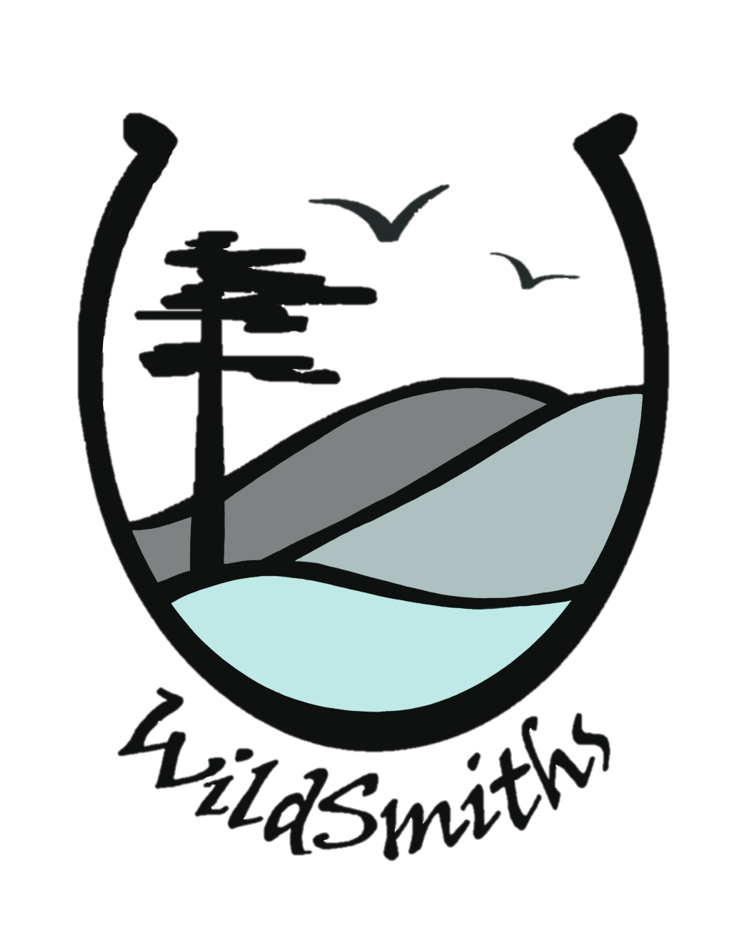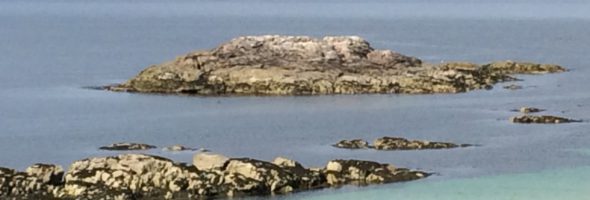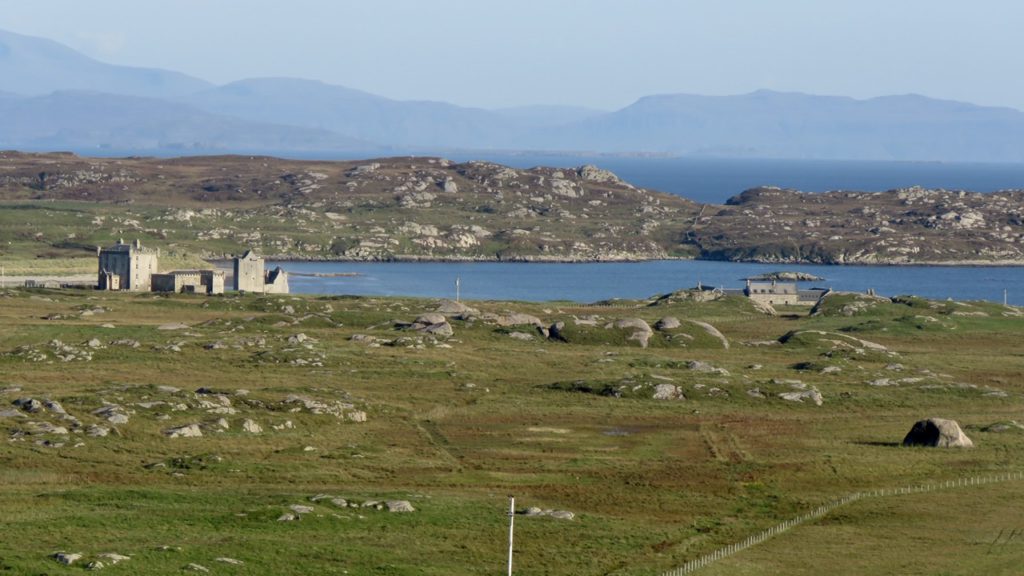
Another lovely walk, this time at the west end of wonderful Coll. Just two clients joined us today; but Sarah (aka Mrs WildSmith) was able to come along too.
We began with a tramp up the dunes where we saw plenty of Bloody Cranesbill and the telltale signs of its rare mite gall Aceria geranii. Interestingly we’ve been looking at the cranesbills across the island with renewed interest after we first found the Aceria here, but it seems that it is only on these dunes (at Crossapoll) that it occurs – though here the distinctive gall is a common feature of many plants.
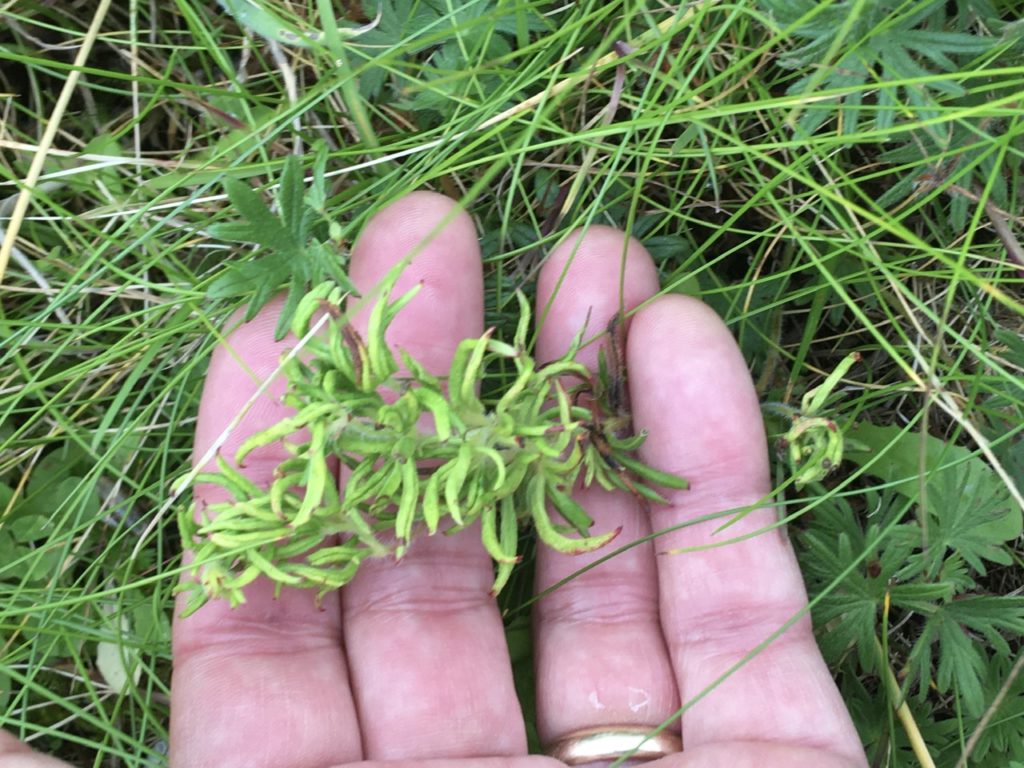
We also discussed the historical (and highly unofficial) introduction of Sand Lizards to the island several decades ago. Although we didn’t see any on this occasion, it is reassuring to know that that this hugely rare beastie still thrives here after so many years.
The conversation turned to the importance of grazing in maintaining the value of the various wildlife habitats on Coll. Whilst the grazing pressure appears to have reduced over much of the island, creating a greater diversity in opportunities for some wildlife, the continued need for supplementary feeding (ie the repeated provision of silage and other feed stuffs to grazing stock, often in the same location) does mean that parts of these dunes are changing dramatically. Trampling and nutrient enrichment around the feeders has caused nettles and other species of disturbed ground to dominate, at the expense of the more sensitive plant species.
As is the way with these walks, the conversation took a number of turns. We watched a couple of brown and black Hooded Crows, which replace the more familiar all black Carrion Crows in Scotland north of the Great Glen. This got us onto the topic of licensing for the control of (so-called) pest species. Greg recalled that in the past the two types of crow were both considered to be sub-species of the Carrion Crow (Corvus corone). A few years ago, the international scientific community (through the auspices of the International Ornithological Congress or IOC) decided that the pair should be split into two separate species (Corvus corone and Corvus cornix respectively) on the basis of their genes and their reluctance to interbreed in the areas where both occur. But this seemingly abstruse scientific judgement is reported to have had an unforeseen side-effect in the Scottish countryside. Overnight the lethal control of Hooded Crows became illegal in Scotland. This is because the formal licence uses the scientific names to specify which animals are covered by the licence (not the English names). So previously, although the licence mentioned both Carrion Crow and Hooded Crow, the only scientific name on the paperwork was Corvus corone. So a new licence had to be hastily compiled in order to regularise the situation.
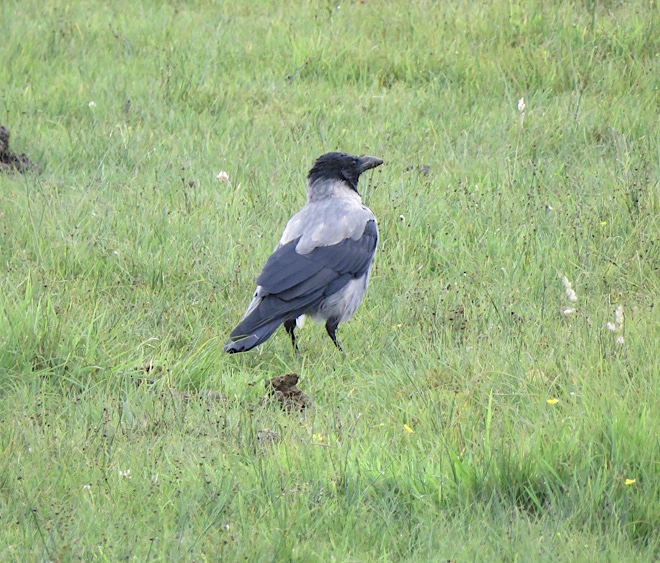
We did talk directly about the wildlife we were seeing as well! It was good to see that Great Yellow Bumblebees were still around in small numbers – a true Hebridean speciality. We also enjoyed the sight of a couple of Dor beetles. This is a cracking and distinctive beetle, with an electric blue underside. It plays a key role in the recycling of sheep dung, which it collects in small chambers where it lays its eggs. Its other name is the Lousy Watchman – a reference to the abundance of tiny red mites which it constantly carries around. Interestingly, the mites do the beetle no harm, they’re just hitching a ride to the next poo pile where they too will lay their eggs.
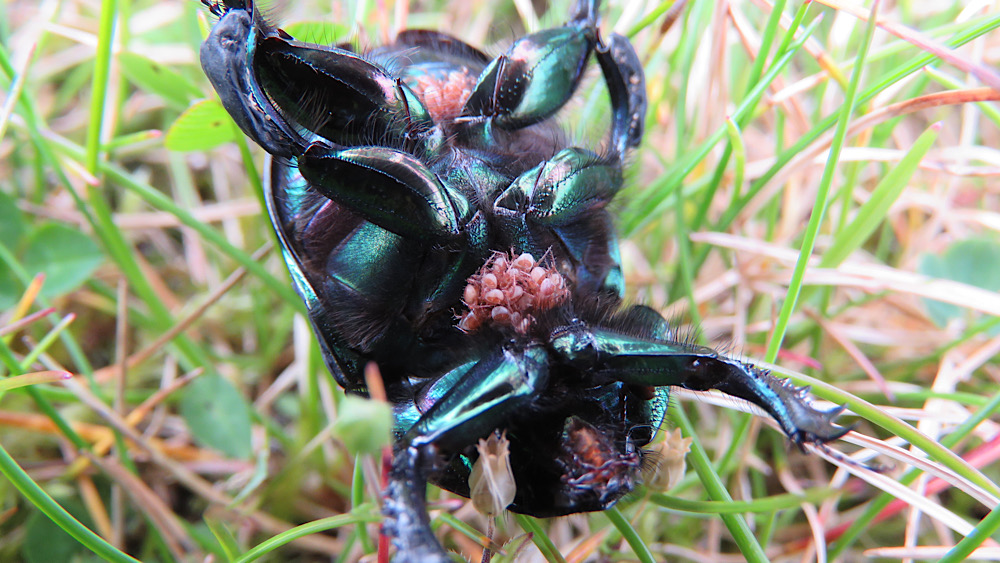
We also found an interesting cluster of mushrooms, known as Fairy Fingers (Clavaria sp) – an indicator of unimproved and species-rich grasslands.
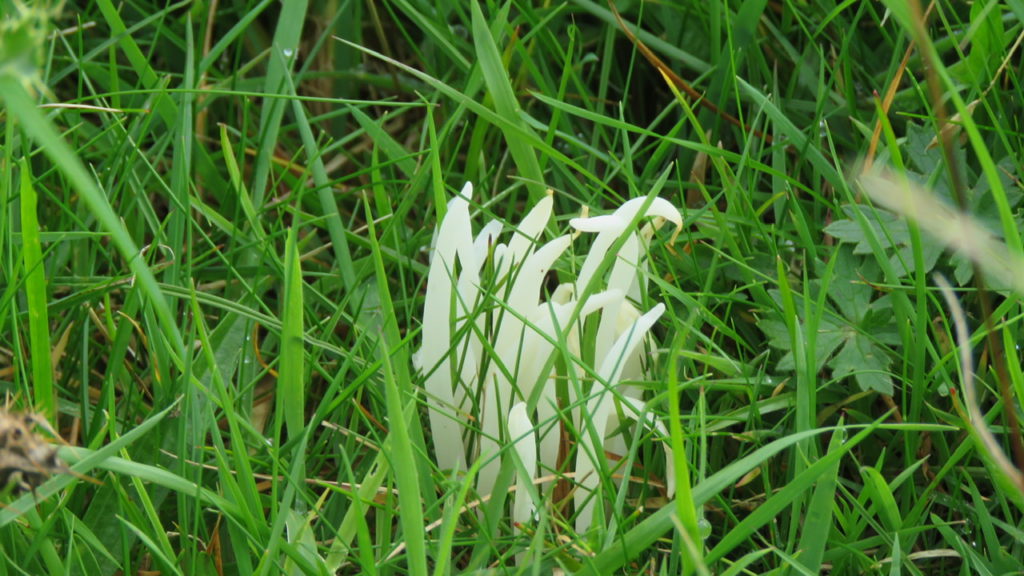
On the beach we saw close together the remains of a dead seal and the fluke (or tail fin) of a Harbour Porpoise. The proximity of the corpses is not necessarily a sign of some maritime mayhem, just a function of how the tides aggregate, sort and deposit material of a similar mass/density in similar locations.
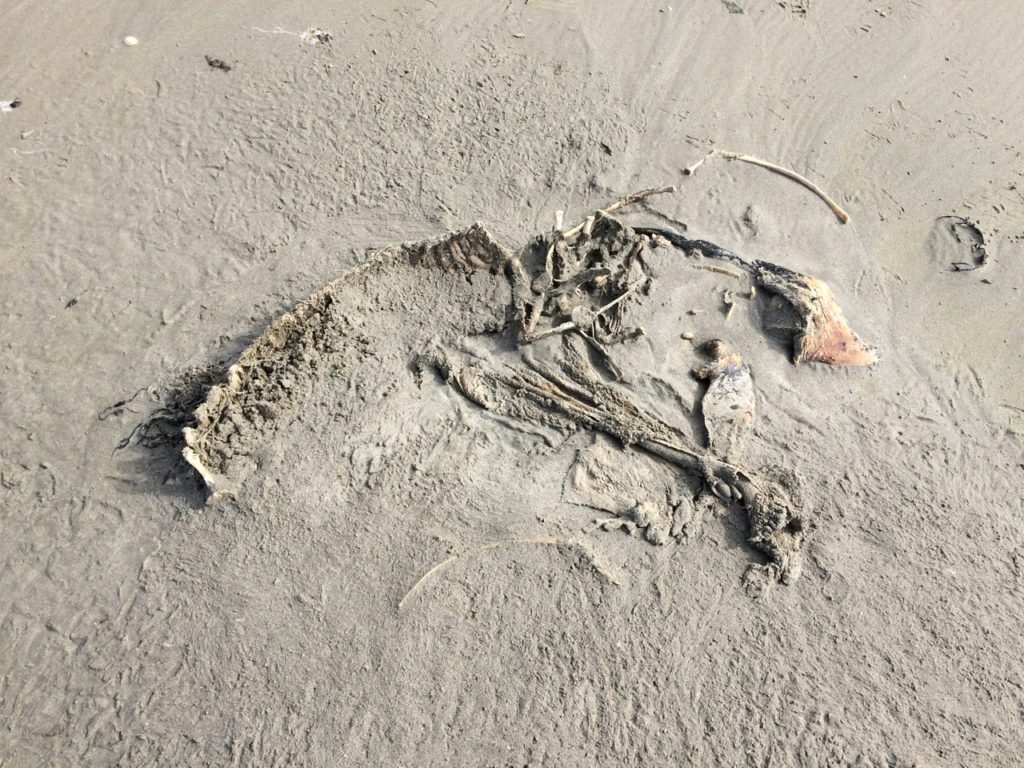
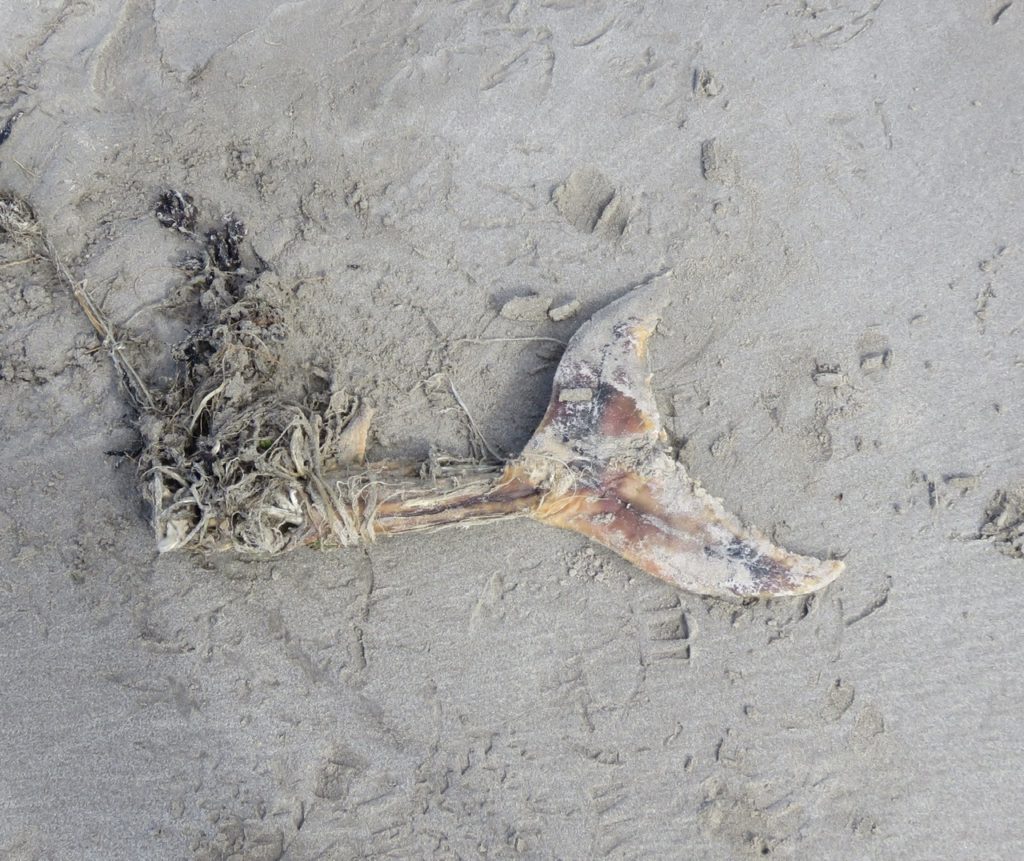
Finally, we saw both Dandelion and Burdock on this walk, a reminder of how much we rely on the natural world for our fave foods and drinks.
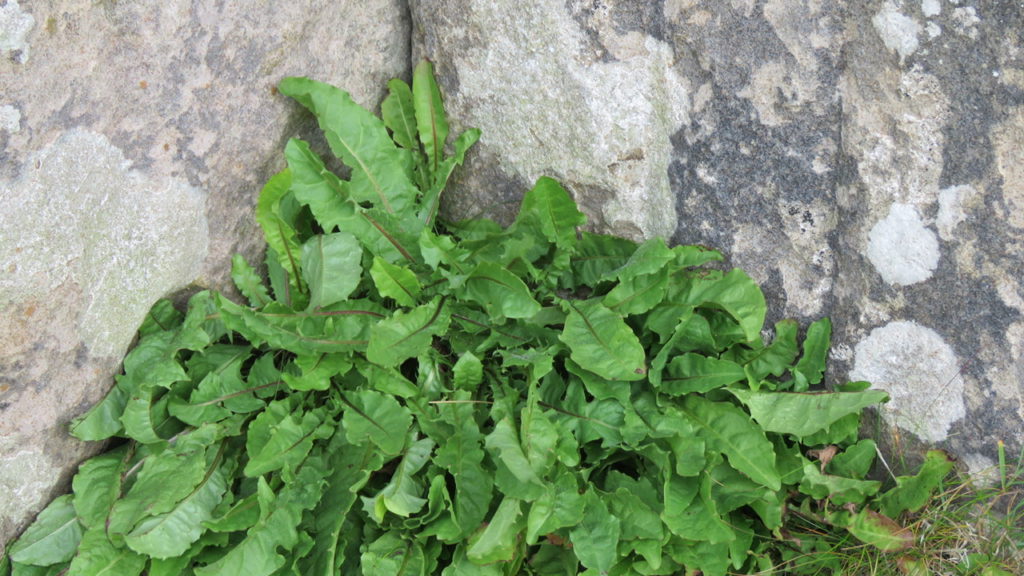
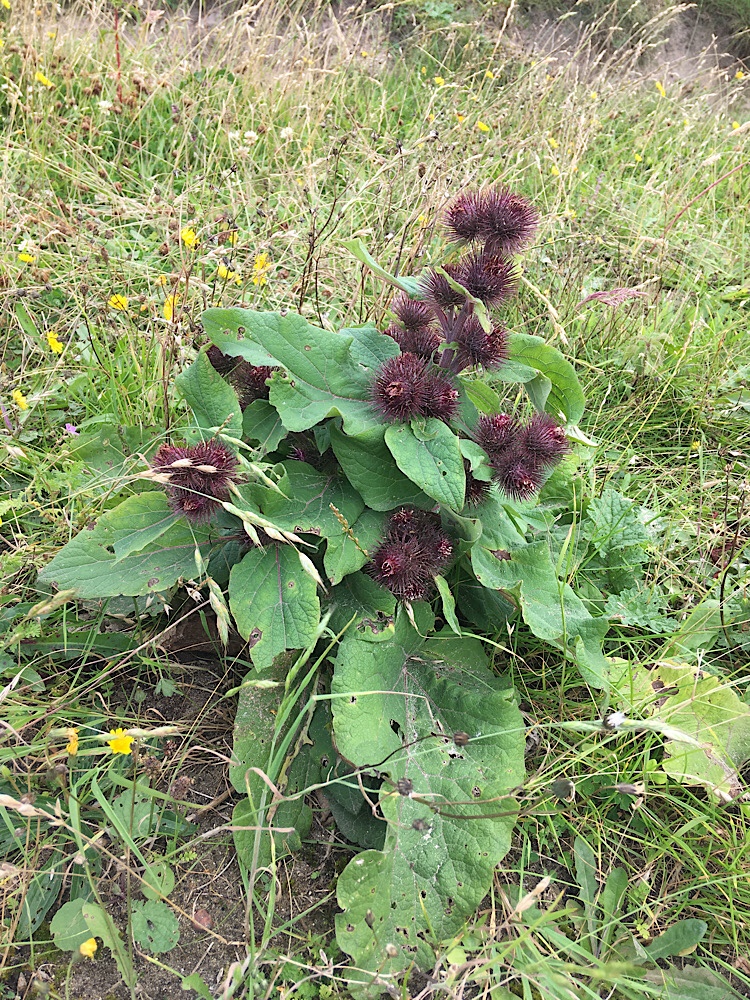
WildSmiths
September 2020
